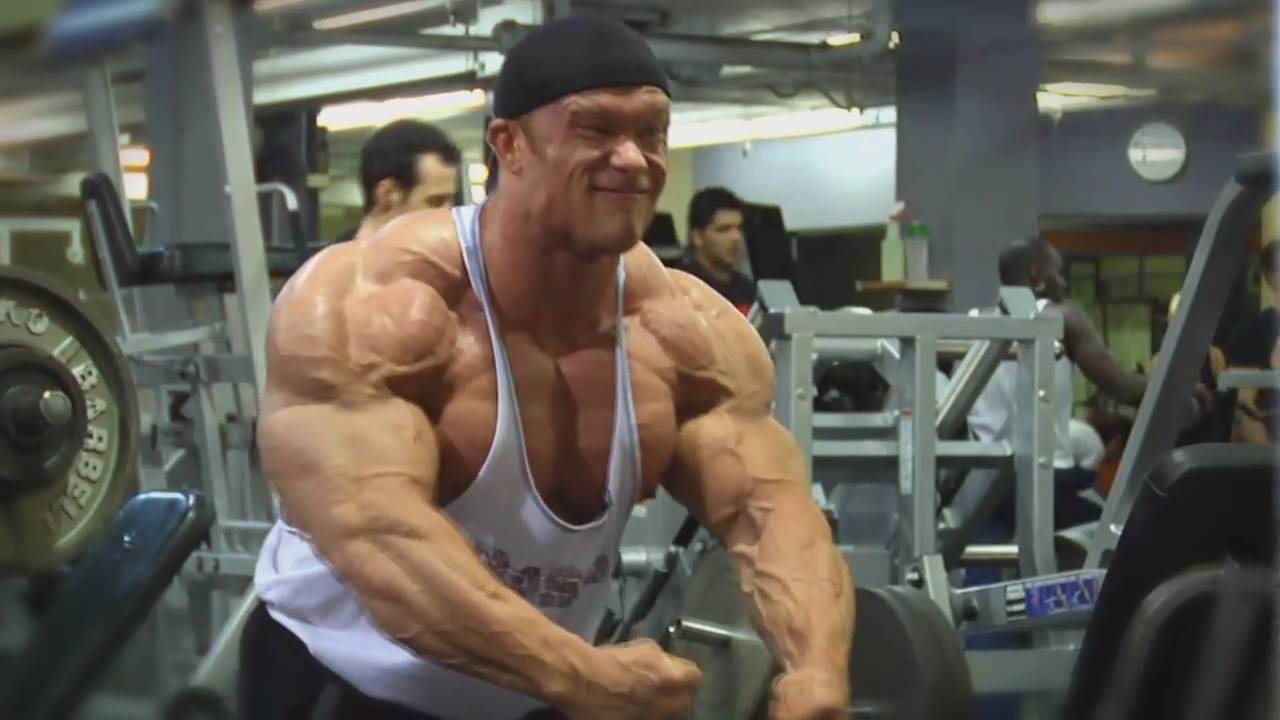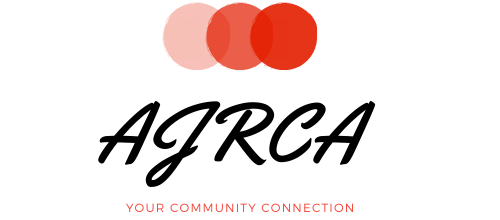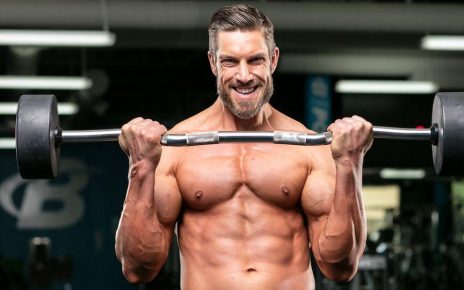In the beginning let’s see how big is the market for energy drinks? According to the analysis of the company Stratec energy drink market in 2011 was worth 700 million! In subsequent years, is projected to further increase sales of energy drinks. In 2015, the energy drinks market be worth 850 million! According to other sources of the market, the power industry is now worth up to 1 billion!

“There are more than 140 brands of companies and the subsequent debut with its products. There are both local producers, as recently Midex’s Heroes, but big companies Amway type, which this spring launched XS Power Drink. Last year was very successful for the industry – sales increased by 22 percent and exceeded 825 million. Most sold to Black and the Tiger “(BIZTOK)
One study evaluated the use of energy drinks by students during exams and the academic year. By the way, found a powerful placebo effect. “In this study, most students benefited from energy drinks occasionally. 15.3% of students used this type of drink periodically, eg. During the examination sessions. For fixed consumption, energy drinks admitted that nearly 10% of study participants. “(W. Semeniuk)
“After applying an energy drink half of the students observed at home fast heart rate, and they were both women and men. More than 30% of the students noticed in me considerable agitation and aggression and insomnia, including these symptoms often marked a male. “(W. Semeniuk)
After serving an energy drink, containing little more caffeine from a cup of coffee “noted considerable agitation and aggression”. As you can see, marketing energy drinks make your own. What would happen if they offer students “burners”?
Another study was conducted on 92 students at WAU. Students consumed more energy drinks during exams 1424 ± 1577 ml/week. During the academic year, the average intake was 441 ± 579 ml/week. On average, most students drank less than a can a day. The most popular brands include Tiger, Red Bull, and Burn.
Final conclusions and recommendations:
Large doses of caffeine may (not must) have an impact on anaerobic performance players or Men over 50. Discussion is the effect of caffeine on aerobic training zone (for example,. Jogging, swimming, cycling). No convincing evidence that the alkaloid has a beneficial effect on a similar type of activity. Among others, in the experiment, scientists from New Zealand, it was found that a dose of 3 mg of caffeine per kilogram of body weight had no impact on either the power or the strength of basketball (test was performed on a treadmill with increasing every 3 minutes load).

Caffeine may improve the efficiency of the player in the aerobic work, the depleted resources of carbohydrates (as shown in an experiment conducted on kolarzach, amateurs).
The amount of caffeine contained in energy drinks (80 mg in 250 ml) has a negligible effect on the strength or power of muscular strength. The proposal? Energy drinks are negligible (or no) effect on physical performance,
Large doses of caffeine may increase the discharge of cortisol, so you have to wonder if drinking energy before a workout is a good idea.
Caffeine may improve performance if the athlete is sleepy (such as. Sleeping 6 h or less). Among others, This has been demonstrated in an experiment in which subjects (professional rugby players) were performed 4 series of bench press, squats, rowing with a weight of 85% of the maximum, some slept less, others were well-rested,
Some people are sensitive to caffeine, others will be neutral. Increasing doses of “non-responders” are not effective.




